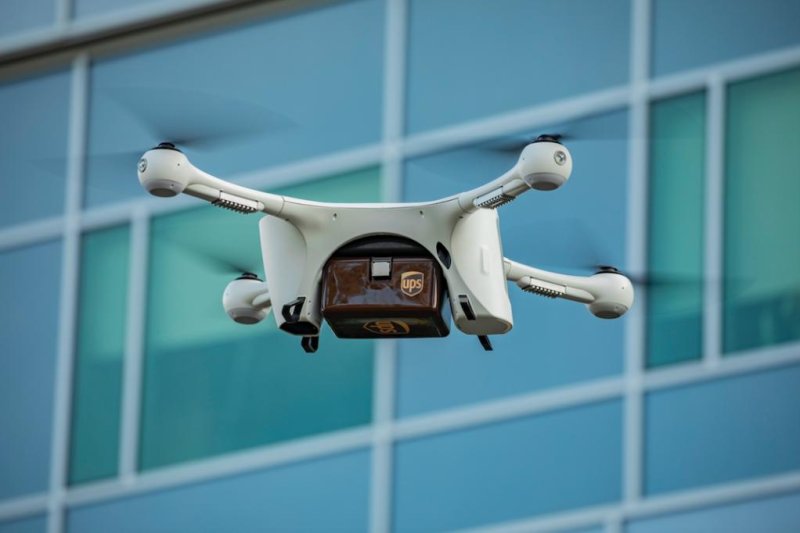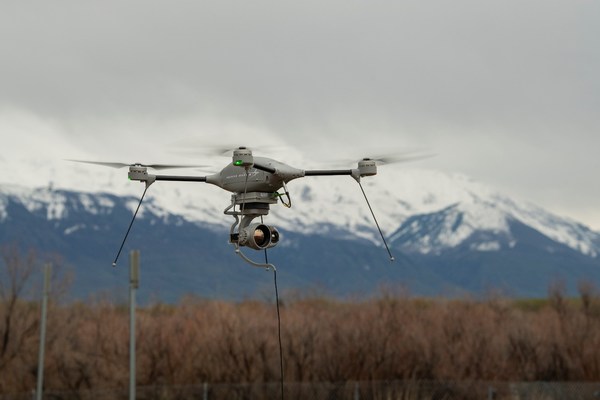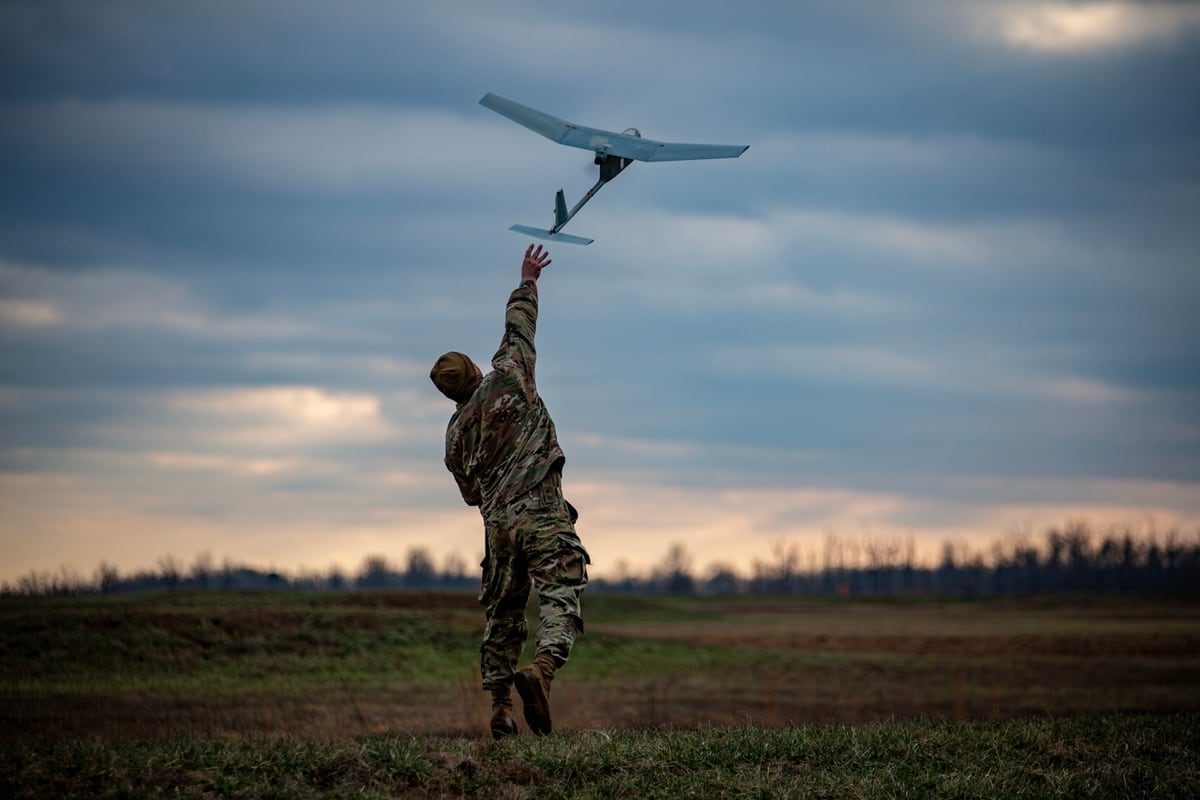CHINA TO EXPAND DRONE OFFERINGS WITH STAR SHADOW UCAV
Feb 08, 2018
Bilal Khan

Star UAV System Company Star Shadow UCAV. Photo source: Air Recognition
At the 2018 Singapore Air Show, a company from Chengdu – Star UAV System Company – is promoting its stealthy unmanned combat aerial vehicle (UCAV), the Star Shadow, to prospective export customers.
Designed as a blended-wing and twin jet-engine platform, the Star Shadow will have a maximum take-off weight (MTOW) of 4,000 kg, endurance of 12 hours and cruising speed as well as cruising altitude of 600 km/h and nearly 40,000 ft, respectively. It will have a radius of 2,000 km and payload of 400 kg.
Star UAV aims to have the Star Shadow fly in 2019. The Star Shadow’s turbofan engine – i.e. the 200 kg TWS800 – is being designed and developed by a sister company (Shephard Media). As per IHS Jane’s, the engines are being developed by the Chengdu Chinese Academy of Sciences Aircraft Engine Co Ltd.
Interestingly, China’s state-owned Aviation Industry Corporation of China (AVIC) is offering a jet-powered UAV platform of its own in the Cloud Shadow. Like the Star Shadow, the Cloud Shadow has a payload of 400 kg, but with a cruising altitude of 46,000 ft and cruising speed of 620 km/h.
However, the Star Shadow appears to have an internal payload bay, positioning it as a potentially credible stealth attack platform. In fact, Star UAV System Company claimed (via IHS Jane’s) that the Star Shadow will have a RCS of 0.1 m2. Its sensors and weapons suite has yet to be detailed.
Notes & Comments:
China’s UAV offerings, which encompass both state-backed designs from AVIC and beyond (through Star UAV System Company and Tengoen Tech) demonstrates a truly robust UAV industry, one spanning from the actual aircraft platforms to propulsion, onboard electronics and specially designed weapons. In fact, the undisclosed customer of the newly-launched Chengdu Aircraft Design and Research Institute (CADI) Wing Loong II appears to be the United Arab Emirates (UAE), which had ordered the Wing Loong I earlier.
Having long established the lead as a supplier of armed UAVs, especially to the non-NATO market (i.e. the Middle East, Central Asia and South Asia), China is poised to reinforce its position through the availability of a diverse range of designs. The Star Shadow – along with the CH-5 and Cloud Shadow – point towards a willingness to offer potent attack capability to prospective customers who would have categorically no chance to acquire an analogous solution from the U.S. or Europe.
https://quwa.org/2018/02/08/china-t...il&utm_term=0_290f015d1a-f05511823d-206475549
Feb 08, 2018
Bilal Khan
Star UAV System Company Star Shadow UCAV. Photo source: Air Recognition
At the 2018 Singapore Air Show, a company from Chengdu – Star UAV System Company – is promoting its stealthy unmanned combat aerial vehicle (UCAV), the Star Shadow, to prospective export customers.
Designed as a blended-wing and twin jet-engine platform, the Star Shadow will have a maximum take-off weight (MTOW) of 4,000 kg, endurance of 12 hours and cruising speed as well as cruising altitude of 600 km/h and nearly 40,000 ft, respectively. It will have a radius of 2,000 km and payload of 400 kg.
Star UAV aims to have the Star Shadow fly in 2019. The Star Shadow’s turbofan engine – i.e. the 200 kg TWS800 – is being designed and developed by a sister company (Shephard Media). As per IHS Jane’s, the engines are being developed by the Chengdu Chinese Academy of Sciences Aircraft Engine Co Ltd.
Interestingly, China’s state-owned Aviation Industry Corporation of China (AVIC) is offering a jet-powered UAV platform of its own in the Cloud Shadow. Like the Star Shadow, the Cloud Shadow has a payload of 400 kg, but with a cruising altitude of 46,000 ft and cruising speed of 620 km/h.
However, the Star Shadow appears to have an internal payload bay, positioning it as a potentially credible stealth attack platform. In fact, Star UAV System Company claimed (via IHS Jane’s) that the Star Shadow will have a RCS of 0.1 m2. Its sensors and weapons suite has yet to be detailed.
Notes & Comments:
China’s UAV offerings, which encompass both state-backed designs from AVIC and beyond (through Star UAV System Company and Tengoen Tech) demonstrates a truly robust UAV industry, one spanning from the actual aircraft platforms to propulsion, onboard electronics and specially designed weapons. In fact, the undisclosed customer of the newly-launched Chengdu Aircraft Design and Research Institute (CADI) Wing Loong II appears to be the United Arab Emirates (UAE), which had ordered the Wing Loong I earlier.
Having long established the lead as a supplier of armed UAVs, especially to the non-NATO market (i.e. the Middle East, Central Asia and South Asia), China is poised to reinforce its position through the availability of a diverse range of designs. The Star Shadow – along with the CH-5 and Cloud Shadow – point towards a willingness to offer potent attack capability to prospective customers who would have categorically no chance to acquire an analogous solution from the U.S. or Europe.
https://quwa.org/2018/02/08/china-t...il&utm_term=0_290f015d1a-f05511823d-206475549







